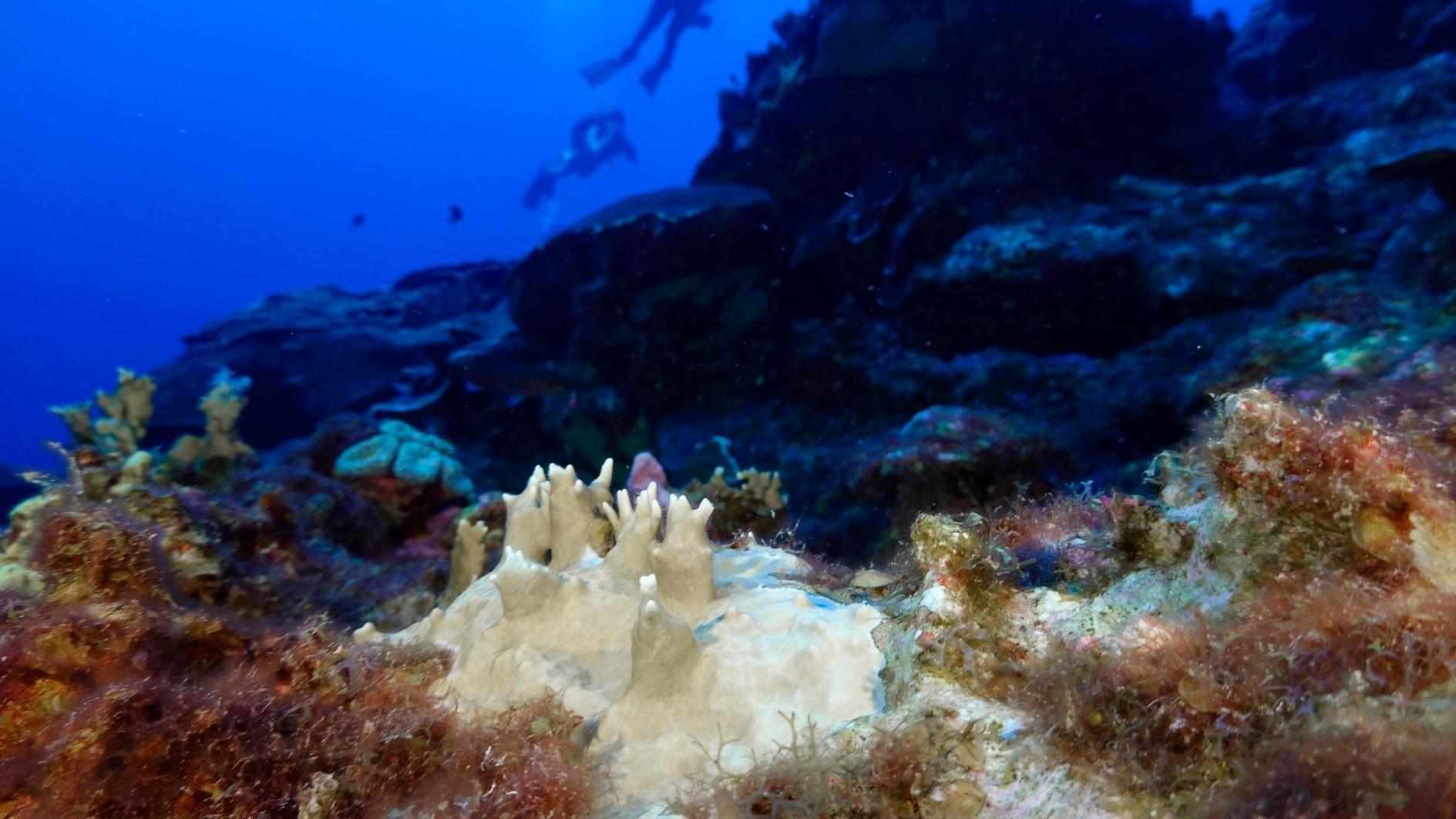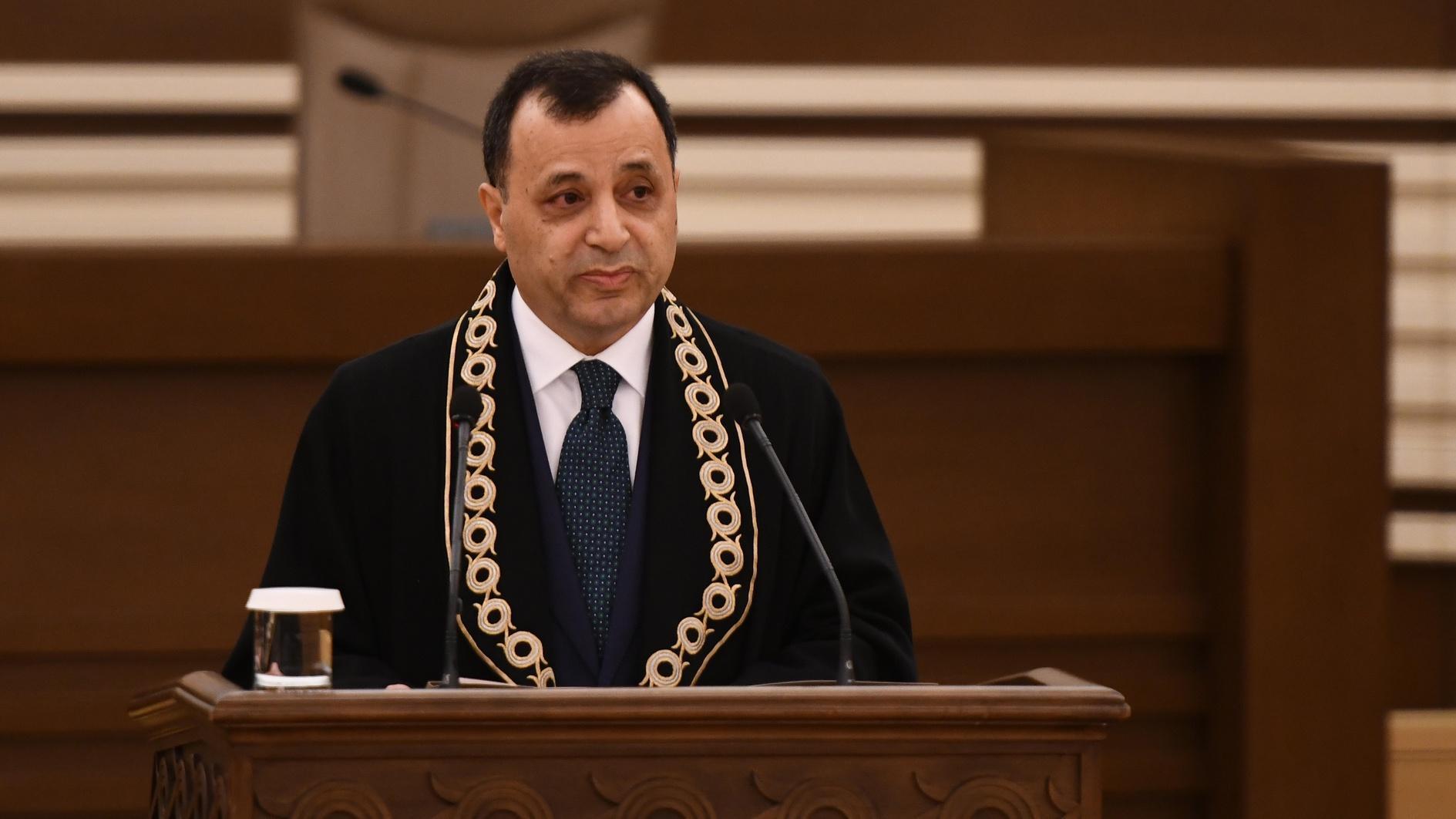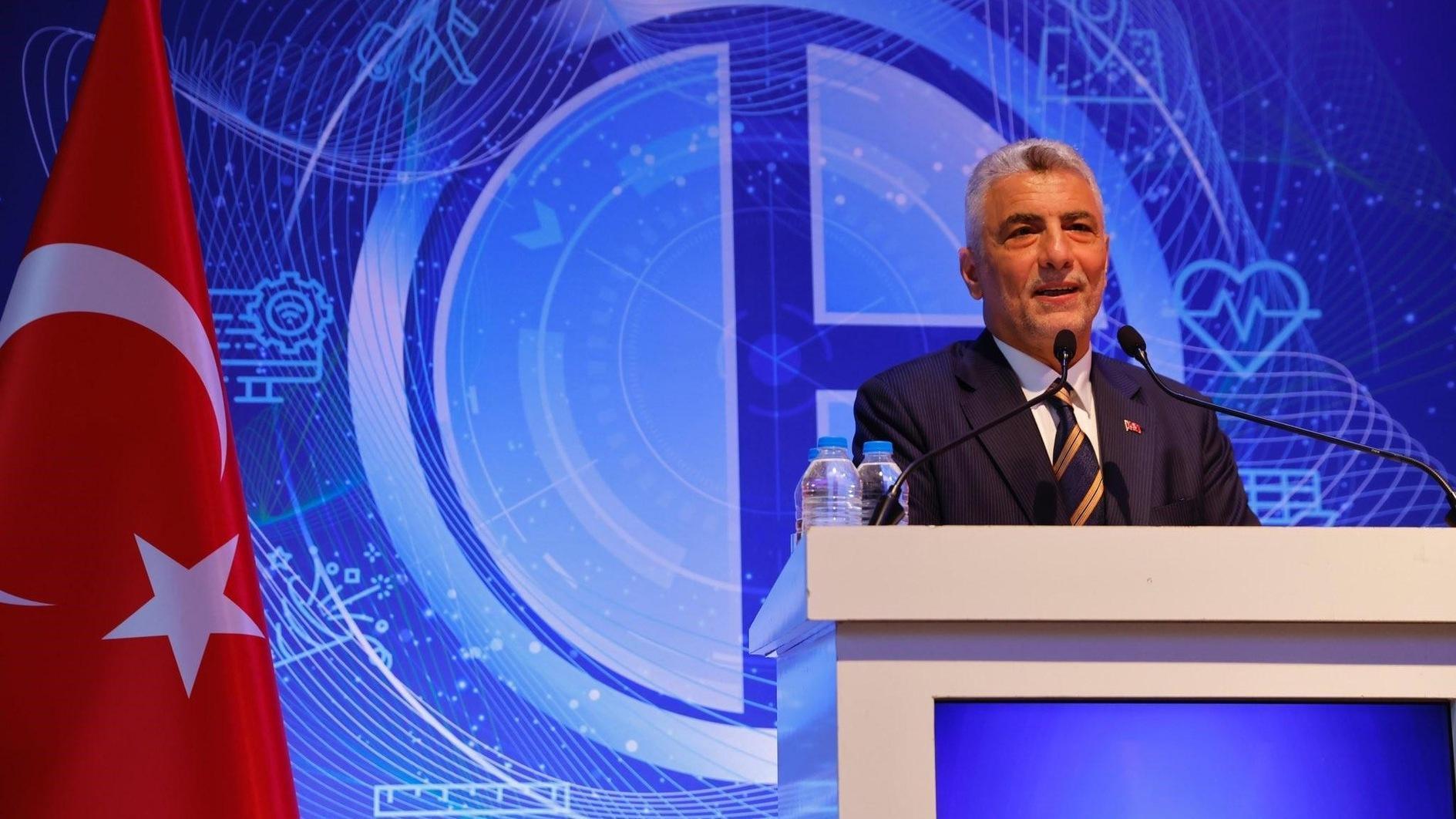Ottoman mosques cast historic light in Greek capital
ATHENS

Tracing the history of the Greek capital Athens, we can see not only the sacred rock of the classical Acropolis but a mixture of the Hellenistic, Roman, Byzantine and Ottoman eras.
Even though Greece was under Ottoman rule for almost four centuries, few remains of that period are visible now.
But a walk down the historic alleys of central Athens will give amblers a taste of the Ottoman legacy.
Among the most important remnants of the 17th century are two vintage Muslim places of worship located in Athens’ historical center, the Fethiye Mosque and the Tzisdaraki Mosque, both now repurposed as exhibition venues.
Fethiye Mosque
Located in the middle of the Roman Agora near the Tower of the Winds, the Fethiye Mosque was built in the second half of the 17th century, reportedly around 1668-1670.
 To Greek residents it was known as the Staropazaros (Wheat Market) Mosque, due to its proximity to the grain bazaar (pazari) at the Roman Market.
To Greek residents it was known as the Staropazaros (Wheat Market) Mosque, due to its proximity to the grain bazaar (pazari) at the Roman Market.
In a scholarly article on the mosque, Machiel Kiel, a Dutch expert on Ottoman architecture, wrote that the mosque was reportedly built on the ruins of a Christian church.
“The church of the Panaghiatou Staropazarou, or Church of the All Holy (Virgin Mary) of the Wheat Market-stari, here being the local Greek pronunciation of sitari [wheat], and not staro [‘old’ in Slavic], was said to be a Byzantine building,” he wrote, adding that it was converted into a mosque due to a Muslim-Christian clash of faiths.
The mosque was built according to the architectural pattern of “quatrefoil” or “cloverleaf-cross-in-square,” as its wide central dome is supported by four smaller domes in a cruciform layout.
According to information from Greek Culture Ministry, inside the mosque in the center of its eastern side there is a small niche, the Mihrab, which is oriented towards the holy city of Mecca, as is customary in Islam.
Kiel said inspection of the mosque shows “the marble frame of the entrance portal and the marble frames of the windows in the porch are covered with half-faded Ottoman inscriptions, pious wishes, and lines of poetry. A number of them are dated.”
He added, citing both the Muslim Hijri dating system and the Western calendar: “The oldest is from 1080 [1669-70]. Others follow closely in time.”
These dates “strongly suggest that the name of the building is associated with the final conquest of Crete by the Ottomans,” he added, referring to 1669, the year Venetian forces lost the island to the Ottomans after a prolonged siege.
After Greece gained independence in 1830, the mosque was used successively as a military prison, a barracks, a school (starting in 1824) and a military bakery (starting in the late 1800s).
Now the former mosque holds a very important place as a monument to the legacy of the Ottoman Empire.
In 2014 to 2017, extensive restoration work was done by the Department of Restoration of Byzantine and Post-Byzantine Monuments, Culture Ministry archeologist Argiro Karamperidi told the state-run Anadolu Agency.
The historic mosque occasionally hosts archaeological and historical exhibits, she said.
The Tzisdaraki Mosque (Cizderiye Camii) gets its name from a corruption of the words Dizdar ¬-- “Diz” is Persian for castle, and “dar” means keeper/bearer -- the title of the man behind the mosque.
Mustafa Agha Tzisdarakis was the Ottoman governor or commander of the Fortress of Athens, a well-paid position which would enable him to engage in building projects, Kiel said.
The Mosque of the Lower Fountain, as it is also called, was built in 1759 in the heart of the town market of that time in Monastiraki Square.
 According to information from the Greek Culture Ministry, tradition says the building used limestone from one of the pillars of the Temple of Olympian Zeus, but this claim was debunked, as the limestone actually turned out to be from the columns of Hadrian’s Library on the north side of the Acropolis.
According to information from the Greek Culture Ministry, tradition says the building used limestone from one of the pillars of the Temple of Olympian Zeus, but this claim was debunked, as the limestone actually turned out to be from the columns of Hadrian’s Library on the north side of the Acropolis.
Local superstition, though, held that harming temples would bring deadly epidemics to the city, and so for his supposed offense of using the Zeus stones, Tzisdarakis had to pay a fine and was forced into exile.
According to Athens’ Museum of Greek Folk Art, after Greece’s
independence in 1830, the building was used for various purposes until 1918, when the state decided to restore it in order to house a new museum.
The mosque was partially restored in 1966, so that Saud bin Abdulaziz Al Saud, the former Saudi monarch living in exile in Athens, could worship there.
Nowadays the mosque is under renovation under the supervision of the Culture Ministry and is being maintained by the Museum of Greek Folk Art
Working mosque
Nearly 200 years after gaining independence, Greece still has a sizeable Muslim population, including a quarter-million Muslims in metropolitan Athens. And those Muslims need a working mosque for worshipping, not a museum, yet Athens still lacks one, the only major European capital to do so.
Last June, after years of delays, a new mosque opened in Athens, but so far it lacks an imam, so it is not open for worship yet.
In December, state officials said three more months were needed to appoint new personnel and make necessary arrangements for the mosque, set to accommodate 350 worshippers.
So, later this year it seems Athens’ historic Ottoman mosques may finally be joined by a living mosque, open for the Muslim faithful in the Greek capital.
















